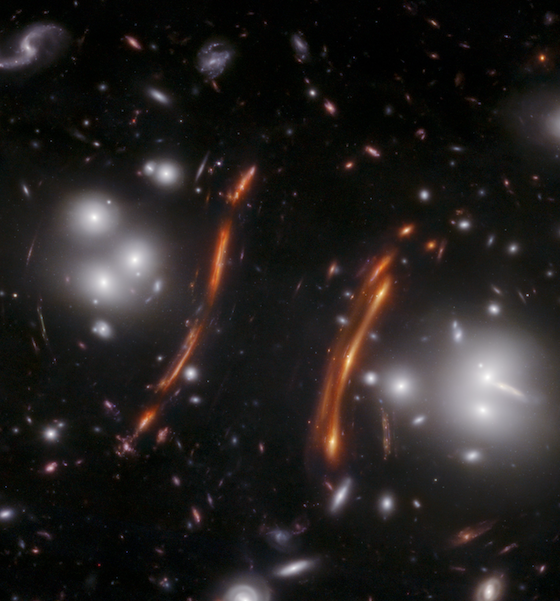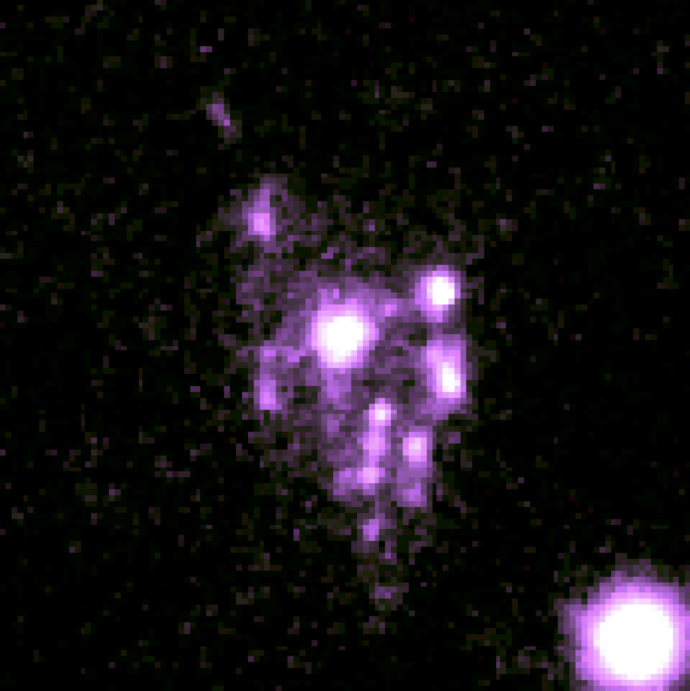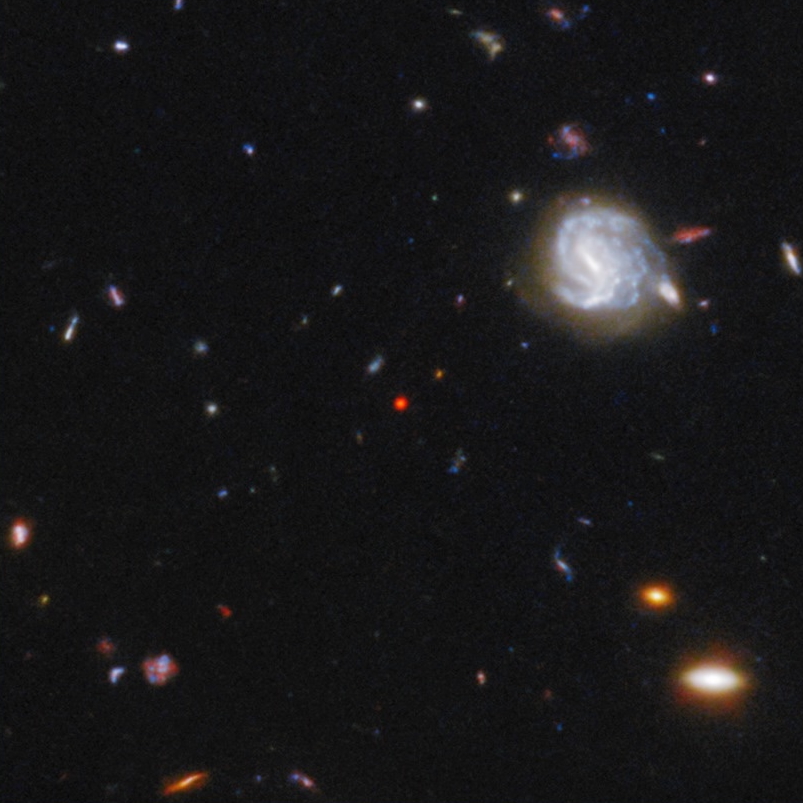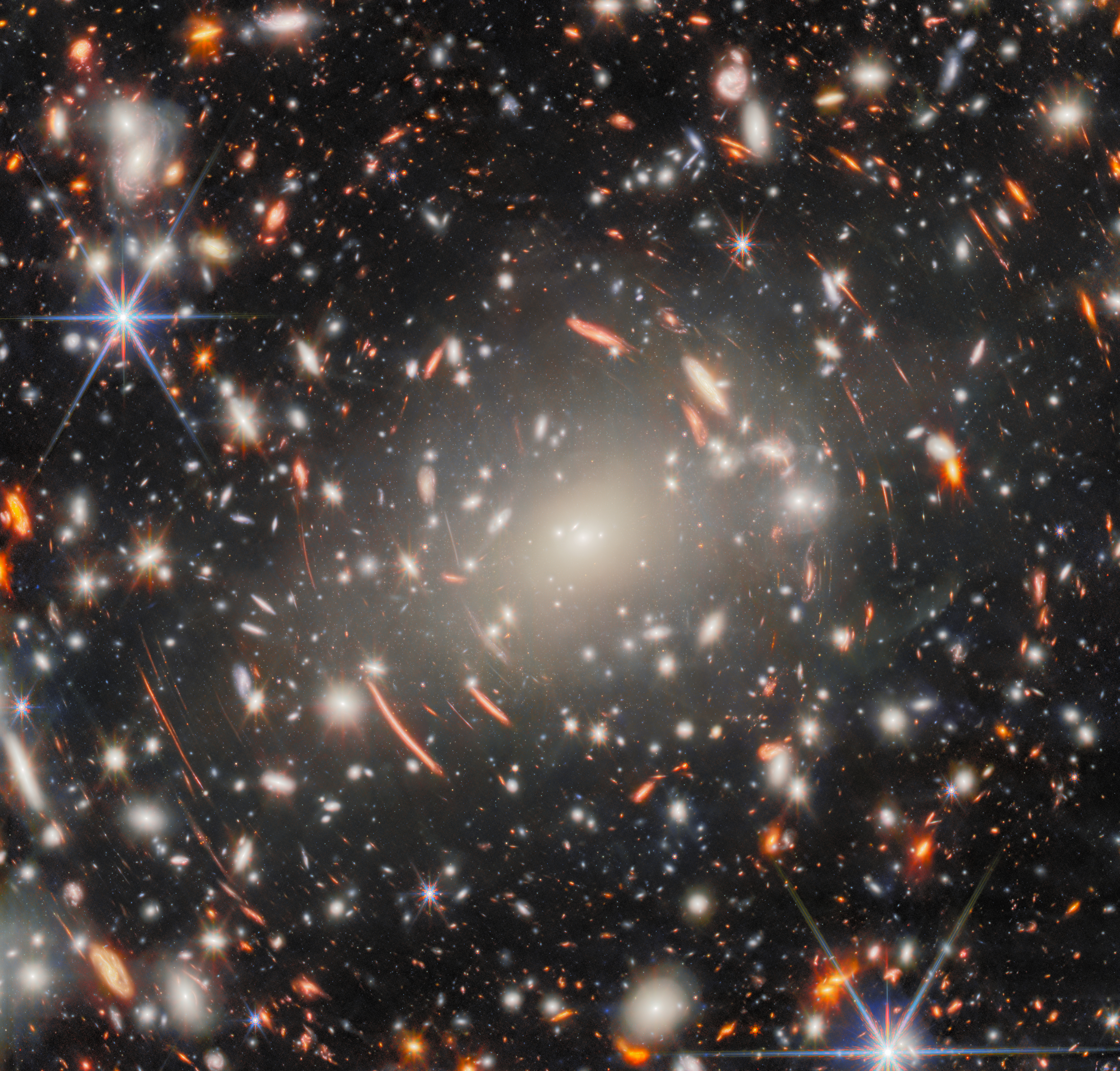Research
This page is under construction and will be updated soon.
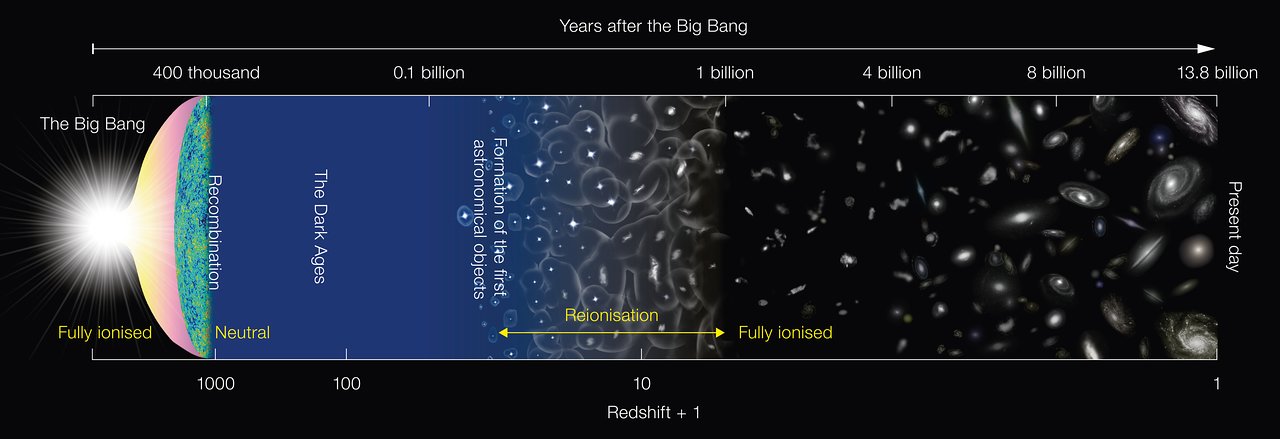
Chasing Cosmic History: My research focuses on the distant universe. Since light takes time to travel, the farther we look, the further back in time we see. Ever since humanity first looked through a telescope a few hundred years ago, our view of the universe has rapidly expanded, and we’ve continued weaving a story that spans from the distant past to the present. This endeavor addresses some of the most fundamental questions — where did we come from, and where are we going — while also seeking to answer simpler, yet profound, curiosities: what did the first light, the first stars, and the first black holes in the universe actually look like?
To pursue these questions, our group conducts extensive multi-wavelength observations using some of the largest telescopes around the world. We focus on four key observational probes — galaxies, stars and star clusters, black holes, and stellar explosions — aiming to comprehensively understand the formation and evolution of early galaxies through the properties of gas, stars, and dust.
-

Galaxies
Augue consectetur sed interdum imperdiet et ipsum. Mauris lorem tincidunt nullam amet leo Aenean ligula consequat consequat.
-

Stars & star clusters
Augue consectetur sed interdum imperdiet et ipsum. Mauris lorem tincidunt nullam amet leo Aenean ligula consequat consequat.
-

Black holes
Augue consectetur sed interdum imperdiet et ipsum. Mauris lorem tincidunt nullam amet leo Aenean ligula consequat consequat.
-

Supernovae
Augue consectetur sed interdum imperdiet et ipsum. Mauris lorem tincidunt nullam amet leo Aenean ligula consequat consequat.
